Managing Autism Burnout Symptoms in Children
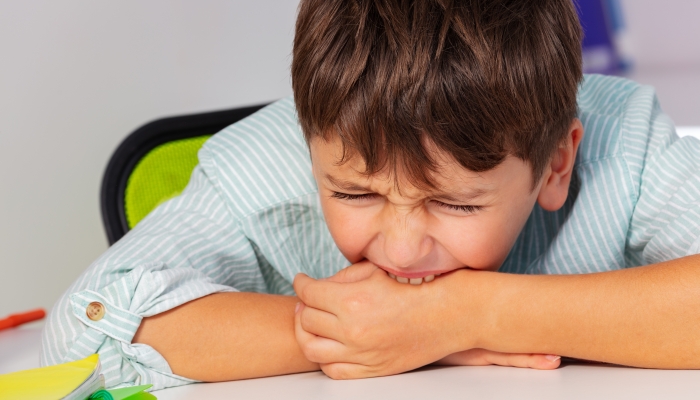
- Autistic burnout occurs when a child is asked to participate in a neurotypical world for too long without appropriate resources and recovery.
- Symptoms of autistic burnout include chronic fatigue, loss of motor skills, decrease in executive function, and less emotional regulation.
- Prevention is possible with appropriate self-care and a prevention plan.
- Recovery from burnout takes time and support from family members, friends, and professionals.
Callie attended school regularly and participated appropriately for most of the semester. She’d avoided any major behavioral corrections and even passed all her classes. However, much of her success was dwindling by the end of the first semester.
Her mother said Callie was dealing with extreme fatigue, and she was unable to get her out of bed most days. Callie missed a lot of school the second semester, and when she did attend, she appeared messy and unorganized.
When at school, she would avoid noisy environments or social interactions as much as possible. She would experience an emotional meltdown if she could not get away from those stressful situations.
Callie has autism. These were all symptoms that she was experiencing autistic burnout.
Her family had been unaware of the signs and symptoms of someone experiencing autistic burnout, but with education and intervention, there are plenty of ways to avoid this debilitating condition.
If you think your child may be struggling with autism burnout symptoms, there are ways to help. Learn what autistic burnout is, how to prevent it, and how to manage symptoms when it does occur.
What is Autistic Burnout?
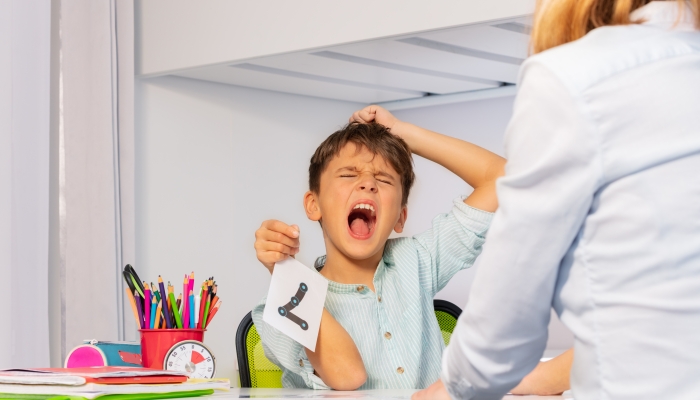
Autistic burnout occurs when a child with autism is asked to do too much for too long with not enough recovery in between. They experience extreme exhaustion and a decrease in executive functioning skills as a result.
Autism researcher and writer Nora Raymaker11. Murray, F.. Autistic Burnout: An Interview With Researcher Dora Raymaker. Thinking Autism Guide. 2019. https://thinkingautismguide.com/2019/08/autistic-burnout-interview-with.html defines autistic burnout as: “A state of pervasive exhaustion, loss of function, increase in autistic traits, and withdrawal from life that results from continuously expending more resources than one has, coping with activities and environments ill-suited to one’s abilities and needs.”
While any person is capable of experiencing burnout, neurotypical people usually feel it explicitly related to their occupation or job. They may feel overwhelmed by their work demands or schedule and exhibit symptoms of depression or stress because of it.
However, those in the autistic community will begin to “feel chronically stressed due to the pressures of living and working in a neurotypical world, life stress, and coping with social and sensory stressors,” according to clinical psychologist Dr. Alice Nicholls22. Nicholls, A.. What is Autistic Burnout? Dr Alice Nicholls. https://www.dralicenicholls.com/what-is-autistic-burnout/#:~:text=While%20someone%20with%20occupational%20burnout,with%20social%20and%20sensory%20stressors..
Common Symptoms
The most common symptoms of autistic burnout for children impact either their physical, emotional, or behavioral well-being. When the burnout gets bad enough, all three facets are affected.
| Physical Symptoms | Emotional Symptoms | Behavioral Symptoms |
|
|
|
Factors Contributing to Burnout
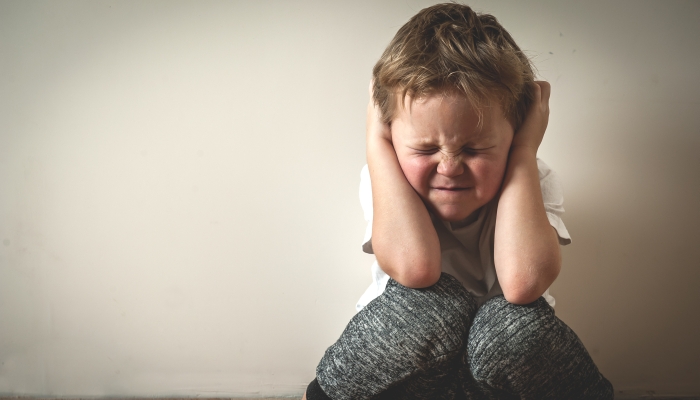
A number of factors can contribute to autistic burnout, including:
Sensory Overwhelm
A key feature of autism spectrum disorder is concerned regarding sensory processing. Over 96% of autistic children report hyper or hypo-sensory processing in one or multiple domains33. Marco, E. J., Hinkley, L. B., Hill, S. S., & Nagarajan, S. S.. Sensory processing in autism: a review of neurophysiologic findings. Pediatric research. 2011;69(5 Pt 2), 48R–54R. https://doi.org/10.1203/PDR.0b013e3182130c54. This means they experience difficulty processing the stimuli presented to them, whether visual, audio, or tactile stimuli. Their brain becomes overwhelmed by the information, resulting in sensory overwhelm.
In a neurotypical world, a typical environment, like a noisy classroom or a crowded grocery store, can be filled with sensory input that feels assaulting to an autistic person. Although many can camouflage their symptoms of sensory overwhelm for a while, eventually, their resources are depleted.
This is when autistic burnout begins to take hold. For caregivers, it’s essential to keep track of the sensory triggers contributing to the sensory overwhelm to prevent burnout.
Social Exhaustion
Autistic individuals experience social exhaustion caused by pretending to be neurotypical so they can fit in. This behavior often gets them referred to as “social mask-wearers.” They do this by mimicking the behaviors around them or displaying the behaviors they have been taught. This helps them avoid frequent misunderstandings and miscommunications.
Autistic people also social mask-wear to be seen as “normal” or appropriate” given the situation. However, it’s very taxing on the individual due to the requirement they mask their autistic symptoms or act as if on stage to blend in.
Some ways autistic people “mask-wear” are:
- Attempting to reduce visual stimming or hand-flapping.
- Forcing eye contact.
- Mimicking appropriate facial expressions or tone of voice.
Eventually, social mask-wearing takes too much from the individual. Without adequate time away to recuperate, they will begin to exhibit social exhaustion without proper time to recover.
High Expectations and Pressure
Another factor contributing to autistic burnout is the high expectations and pressure placed on autistic people in school, therapies, and social settings.
The pressure of school and adolescence is challenging for all people. Still, the expectations and pressure placed on the autistic person is an added weight since they are required to meet the exact demands of the neurotypical child while doing so without the same resources.
They feel the impact of not meeting the perceived “norms” due to their autistic traits. Instead of being met with understanding and resources to reduce demands, they are often left feeling isolated from their neurotypical peers.
Strategies for Managing Autism Burnout

Fortunately, if your child is showing signs of autism burnout, there are strategies to help manage their symptoms.
Recognize the Signs Early
Awareness is critical when managing autism burnout. As with any mental health disorder, recognizing the signs early and intervening before they get too severe is the best way to beat the chronic fatigue, reduction in life skills, or decrease in executive function that is often a sign of autistic burnout.
A few ways to do that are:
- Making a habit of checking in with your child regularly.
- Keeping track of changes in mood or behavior.
- Learning from past moments of burnout to understand more about why and when the burnout is triggered.
Tailor the Environment
Many people underestimate the significance of a structured routine and work-life balance, but tailoring the environment to meet the needs of autistic children is crucial to preventing autistic burnout.
Implementing a good sleep routine, a predictable schedule and a routine that includes sensory activity and downtime are some good ways to tailor the environment.
Other strategies to prevent burnout include sensory-friendly modifications, such as quiet spaces, dimmed lights, and noise-canceling headphones.
Foster Open Communication
Emotional expression can often be challenging for autistic people. Hence, fostering open communication in your relationship with your child is critical for them to express if they are experiencing autistic burnout.
The first step to fostering open communication in any relationship is encouraging them to share while actively listening. Having an open mind and non-judgemental attitude will help your child feel heard and safe to share their feelings.
Adding tools designed for emotional expression, like the Feelings Wheel44. Learn How To Label Your Feelings. University of Central Arkansas. 2018. https://uca.edu/bewell/files/2020/11/Feelings-Wheel-Learn-How-to-Label-Your-Feelings.pdf or prompted journals, could also be helpful in guiding the conversation, especially if your child struggles with verbal expression.
Another valuable step to opening up communication is being intentional about one-on-one time. If your daughter had a difficult time with her friends at school, she would feel comforted knowing she has a scheduled time to talk with you about it before the end of the day.
Build Coping Skills
Building a solid set of coping skills will allow autistic people to manage the sensory input around them appropriately. This will set them up for less likelihood of sensory overload, which is a contributing factor to autistic burnout.
There are many useful coping skills. Learning which ones work best is done by trying different ones and seeing which produces the best results. Here are some coping skills that many people state help them with their mental health:
- Deep breathing and grounding techniques
- Sensory activity
- Social stories to navigate challenging situations
Seek Professional Help
If this is your family’s first time navigating autistic burnout, it’s best to seek professional help so you can create a recovery plan best suited to your family’s unique set of needs.
Therapists who have experience working with autistic people can tailor therapy for autistic burnout and provide guidance on coping skills. One great resource for finding such a therapist is the therapist finder tool on Psychology Today55. Health, help, happiness + find a therapist. Psychology Today. https://www.psychologytoday.com/us. This tool allows you to search for professionals based on region and expertise.
For sensory concerns, occupational therapy is useful to personalize the recovery plan for your child due to increased sensory sensitivities of burnout.
Supporting Your Child’s Well-being

Whether your child is experiencing burnout or you’re looking for ways to avoid it altogether, supporting your child’s well-being can go a long way. Here are some ways you can support your child:
Prioritize Self-care
“You can’t pour from an empty cup.” This statement is a perfect example of why prioritizing self-care is vital. When an autistic person attempts to pour more into their life than is being poured into it, burnout is inevitable. The drain of everyday life and social camouflage will deplete their “cup,” while adequate rest, sleep, and restorative activities will fill it back up.
Examples of restorative activities are:
- Art
- Play (sensory toys designed for autism can be a great tool!)
- Creative work
- Puzzles
The same is true for caregivers. Practicing self-care is important not just for modeling purposes but also for helping caregivers maintain their energy levels for the demands of caring for a person experiencing autistic burnout.
Encourage Autonomy
Your child is the expert on their own body and life. Encourage them to have autonomy by allowing them to make their own choices with how they spend their time. Provide them with education and tools for how they can self-advocate.
Build a Support Network
You are not alone. According to Autism Speaks66. Autism statistics and facts. Autism Speaks. https://www.autismspeaks.org/autism-statistics-asd , 1 in every 36 children has autism. This means people all around are familiar with the demands of life with autism and autistic burnout. Building a support network is not only possible but also critical.
When managing burnout symptoms, involve your family members, friends, and peers. Ask for help and educate those who are unfamiliar with its uniqueness. Share with those around you how you and your child would like to receive support. Look for autism support groups and organizations you can join, especially if you have little community and family nearby.
Managing autistic burnout can be daunting, but with the help and support of friends, family members, professionals, and other experienced caregivers, it is conquerable.
References
- Murray, F. (2019, August 29). Autistic Burnout: An Interview With Researcher Dora Raymaker. Thinking Autism Guide. https://thinkingautismguide.com/2019/08/autistic-burnout-interview-with.html
- Nicholls, A. (n.d.). What is Autistic Burnout? Dr Alice Nicholls. https://www.dralicenicholls.com/what-is-autistic-burnout/#:~:text=While%20someone%20with%20occupational%20burnout,with%20social%20and%20sensory%20stressors.
- Marco, E. J., Hinkley, L. B., Hill, S. S., & Nagarajan, S. S. (2011). Sensory processing in autism: a review of neurophysiologic findings. Pediatric research, 69(5 Pt 2), 48R–54R. https://doi.org/10.1203/PDR.0b013e3182130c54
- Learn How To Label Your Feelings. University of Central Arkansas. (2018). https://uca.edu/bewell/files/2020/11/Feelings-Wheel-Learn-How-to-Label-Your-Feelings.pdf
- Health, help, happiness + find a therapist. Psychology Today. (n.d.). https://www.psychologytoday.com/us
- Autism statistics and facts. Autism Speaks. (n.d.). https://www.autismspeaks.org/autism-statistics-asd
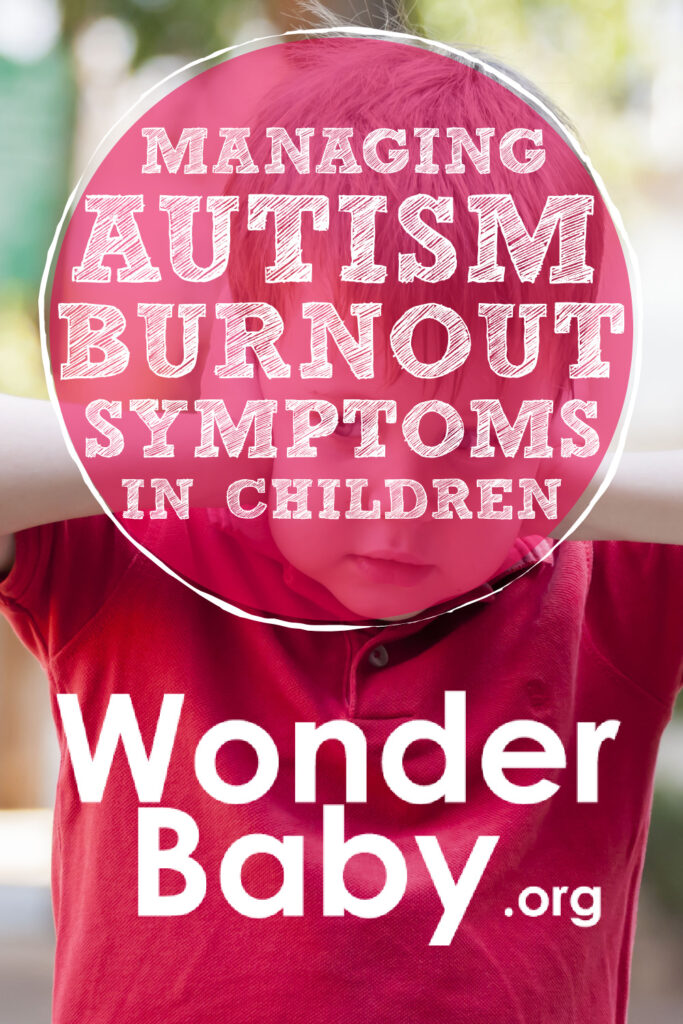
Related Posts
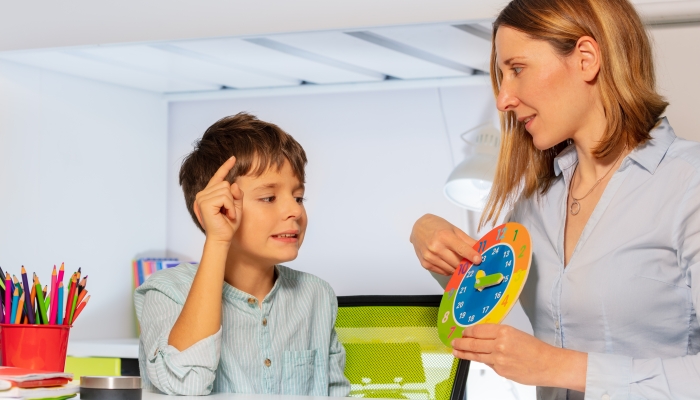
Autism
Developing Time Management Skills in Children with Autism: 7 Tips
Learn how you can use structure and visual aids to help your child with autism learn time management skills.

Autism
Occupational Therapy for Children with Autism: How It Can Make a Difference
Children with autism face challenges in many different areas. Occupational therapy can help children address these difficulties while having fun!
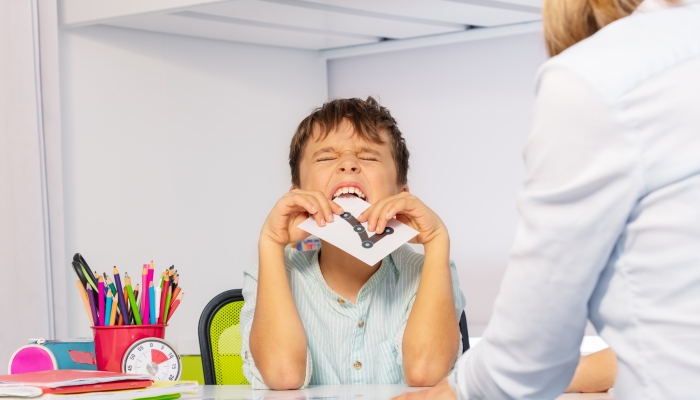
Behavior
Understanding Intermittent Explosive Disorder in Children
Are you worried about your child’s unexpected aggression and explosive behaviors? Learn how to support a child with intermittent explosive disorder.